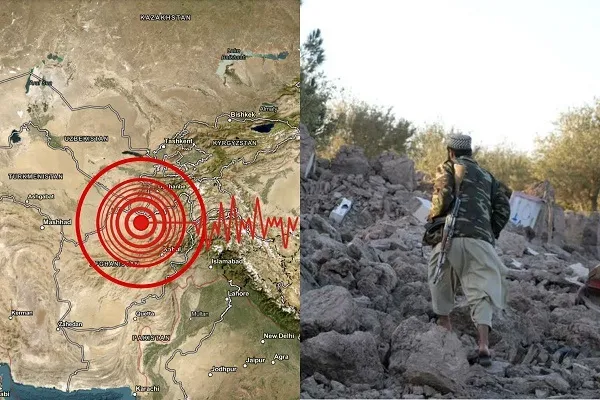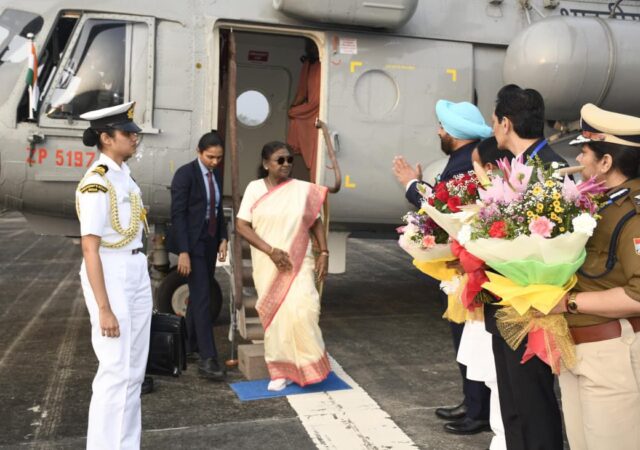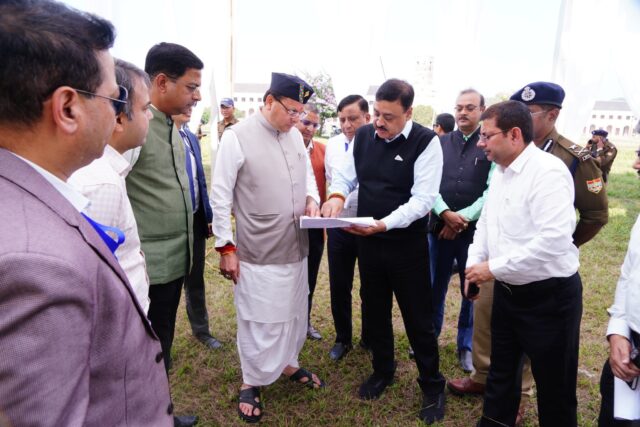US India Artificial Intelligence (USIAI) Initiative launched

Secretary, Department of Science & Technology, Prof Ashutosh Sharma, emphasised the necessity to scale up the S&T relationship between India and the United States to solve problems of both countries and overcome barriers for growth at the launch of the Indo-U.S. Science and Technology Forum’s U.S. India Artificial Intelligence (USIAI) Initiative.
“Indo-US relationship in the field of S&T is very old collaborations have resulted in great benefits for both the countries. We need to further scale it up in various fields, and Artificial Intelligence (AI) can play a major role in the future. We have identified the barriers for growth in India that could be useful for the United States too,” Professor Sharma pointed out at the curtain raiser of the launch ceremony organized by Indo-U.S. Science and Technology Forum (IUSSTF) on March 17, 2021.
Speaking online at the launch of the initiative of IUSSTF, a bilateral organization funded by the Department of Science & Technology (DST), Governments of India, and the U.S. Department of States, he also said that research, technology in artificial intelligence is being promoted and implemented in the country through a network of 25 technology hubs working as a triple helix set up under the National Mission on Interdisciplinary Cyber-Physical Systems (NM-ICPS). He also pointed out the recent policies to liberalise India’s geospatial policies.
IUSSTF’s USIAI Initiative focuses on AI cooperation in critical areas that are priorities for both countries. USIAI will serve as a platform to discuss opportunities, challenges, and barriers for bilateral AI R&D collaboration, enable AI innovation, help share ideas for developing an AI workforce, and recommend modes and mechanisms for catalyzing partnerships.
Jonathan Margolis, Acting Deputy Assistant Secretary, U.S. Bureau of Oceans & International Environmental & Scientific Affairs, U.S. Department of State, said on the occasion that collaboration between India and United States is based on shared values of openness, transparency, and reciprocity and encourages innovation that will benefit both countries. “The US-India strategic partnership can be strengthened by focusing on AI cooperation in critical areas that are priorities for both countries,” he added.
“Two large democracies of the world can do wonders by creating synergies and collaboration, and the time is right to launch such initiative. We are looking forward for more research and high-impact collaboration to boost both the economies, create jobs, and bring prosperity,” Dr. Sethuraman “Panch” Panchanathan, Director, National Science Foundation (NSF), pointed out.
Kris Gopalakrishnan, Chairman of Axilor Ventures, said that research is incomplete if 20 percent of the world’s population, which is in India, is not part of it. India scores in diversity, and diversity is very important for research. India is rich in data and banking on the strength of both countries, these global collaborations help them both.”
“The AI Initiative is another example of IUSSTF’s critical role in catalyzing collaborations between India and the U.S. in cutting-edge areas of science and technology,” said Dr. Nandini Kannan, Executive Director IUSSTF.
The U.S.-India AI Initiative will provide an opportunity for key stakeholder groups to share experiences, identify new R&D areas and opportunities that would benefit from synergistic activities, discuss the emerging AI landscape, and address the challenges of developing an AI workforce.
The ambitious flagship initiative, USIAI, leverages IUSSTF’s unique ability to bring together key stakeholders from India and the United States to create synergies that address challenges and opportunities at the interface of science, technology, and society. Over the next year, IUSSTF will conduct a series of roundtables and workshops to gather input from different stakeholder communities and prepare White Papers that identify technical, research, infrastructure, and workforce opportunities and challenges, and domain-specific opportunities for R&D in healthcare, smart cities, materials, agriculture, energy, and manufacturing.






